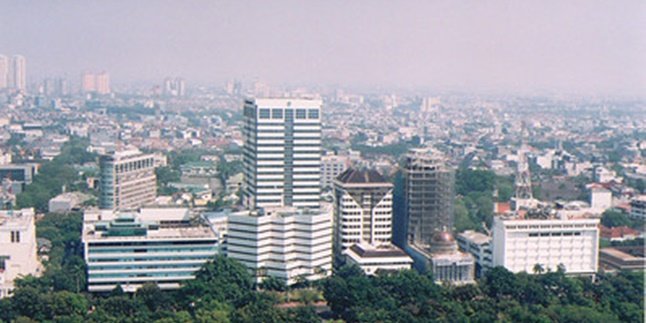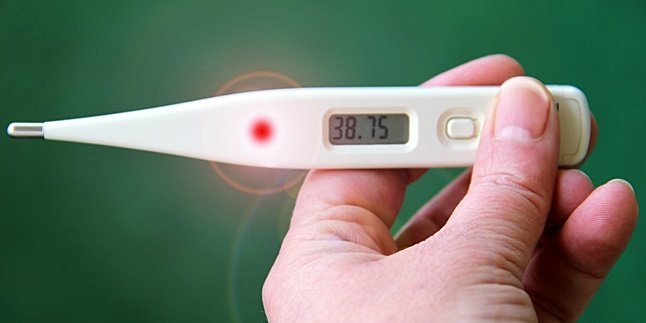Kapanlagi.com - MSMEs stands for Micro, Small, and Medium Enterprises. This term is certainly not unfamiliar among the public, especially those involved in the business world. MSMEs are defined as micro or small and medium-sized enterprises engaged in the trade sector. The existence of MSMEs contributes significantly to the country's economic growth.
MSMEs are also referred to as the backbone of national economic development. Moreover, currently, people's enthusiasm for living by doing business is quite high. In addition, technological advancements marked by the emergence of marketplaces and social media also support the progress of MSMEs.
Seeing its rapid development, MSMEs are one of the things that continue to be interesting to study at the moment. Therefore, check out the summarized review from various sources below.
1. Role and Function of MSMEs

(credit: freepik)
As mentioned earlier, MSMEs are the backbone of national economic growth. This means that the existence of MSMEs is very important for a country. It is not surprising that in Indonesia, MSMEs are also regulated in Law Number 20 of 2008 concerning Micro, Small, and Medium Enterprises.
In that Law, the definition of MSMEs is individually owned businesses or individually owned business entities that are productive and meet the criteria set forth in the Law. As the backbone of the economy, MSMEs have a number of important functions and roles for the country.
The functions and roles of MSMEs are as follows.
1. Provision of goods and services.
2. Income distribution.
3. Employment absorption.
4. Improvement of people's living standards.
5. Adding value to local products.
2. Types of MSMEs
MSMEs are business units commonly operated by the community. In general, MSMEs can be grouped into four types. The four types of MSMEs are as follows.
1. Informal sector MSMEs, such as street vendors.
2. Micro MSMEs are MSME actors who are artisans, but lack entrepreneurial spirit to develop their business.
3. Dynamic Small Business is a group of MSMEs that have entrepreneurial spirit by collaborating (accepting subcontract work) and exporting.
4. Fast Moving Enterprise is an MSME that has sufficient entrepreneurship skills, and is even ready to transform into a large business.
3. Classification of MSMEs based on Revenue

(credit: freepik)
As mentioned earlier, MSMEs are an abbreviation for Micro, Small, and Medium Enterprises. This means that only certain businesses can be classified into this type. In addition, MSMEs also have a classification system. One classification of MSMEs is based on their revenue. The classification of MSMEs based on revenue is as follows.
1. Micro Business Group
Maximum Assets of Rp 50 million
Maximum Revenue of Rp 300 million
2. Small Business Group
Assets > Rp 50 million - Rp 500 million
Revenue > Rp 300 million - Rp 2.5 billion
3. Medium Business Group
Assets > Rp 500 million - Rp 10 billion
Revenue > Rp 2.5 billion - Rp 50 billion
4. Large Business Group
Assets > Rp 10 billion
Revenue > Rp 50 billion
4. Advantages of MSMEs
As one of the driving forces of the economy, MSMEs have several advantages. The following are some of the advantages of MSMEs.
1. The existence and progress of MSMEs can support the growth of new entrepreneurs.
2. The presence of MSMEs can absorb labor. Even though they are small-scale industries, MSMEs are said to be able to absorb up to 50% of the available workforce.
3. MSMEs not only absorb labor. MSMEs can also maximize the utilization of natural resources around them.
4. MSMEs have a unique market segment, implement simple management, and are flexible towards market changes.
5. MSMEs always have the potential to develop. This is because MSMEs have various development efforts aimed at small industries, so that they can be further developed.
5. Disadvantages of MSMEs

(credit: freepik)
Like two sides of a coin, besides having advantages, MSMEs also have several disadvantages. The disadvantages of MSMEs can be classified into two factors, namely internal and external factors. Here is an explanation of both types of factors that contribute to the disadvantages of MSMEs.
1. Internal Factors, which are factors that originate from within the MSME itself. These factors can be considered common and classic. Some of the problems include:
1. Limited human resource capabilities.
2. MSMEs often focus more on production and neglect marketing.
3. Business capital constraints, as most Small Industries have limited personal funds.
4. Consumers tend to have limited trust in the quality of MSME products.
2. External Factors
In addition to internal factors, there are also external factors that can affect the success of an MSME. External factors in this case are problems that arise from outside the MSME. For example, problems from developers and mentors of MSMEs. Some common problems include solutions that are not targeted, lack of monitoring, and so on.
Those are some of the reviews regarding MSMEs, which are the backbone of the country's economy. Hopefully, this information is useful and can increase knowledge.
(kpl/psp)
Disclaimer: This translation from Bahasa Indonesia to English has been generated by Artificial Intelligence.















